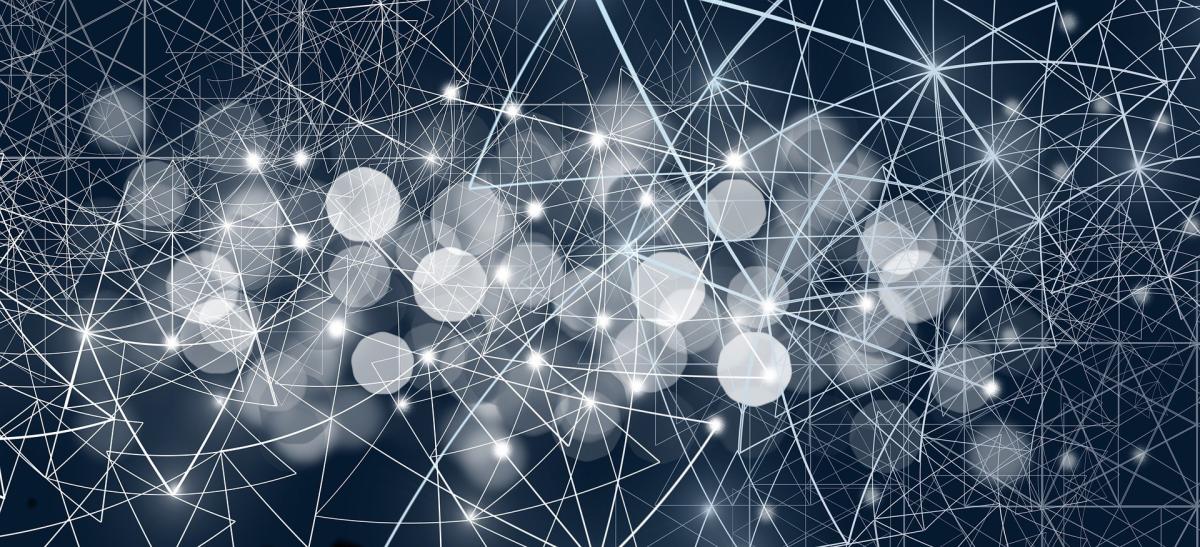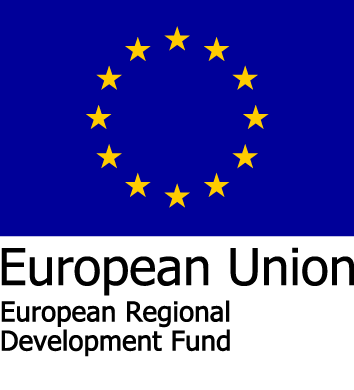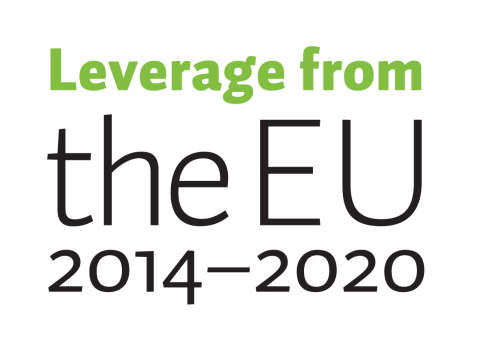Use of Position Data in Industry
Project information
Project description
Using real-time location information in the applications of industrial automation and Industrial Internet of Things (IIoT) opens new opportunities for small and medium-sized companies. Real-time location information is needed in many IoT, IIoT, as well as in many industrial automation applications. Examples of industrial applications using position data are control of automatically guided vehicles, fleet management and optimization of processes in manufacturing.
New positioning technologies improve the accuracy, availability and reliability of the location data. However, the new positioning technologies do not bring value to the customers, unless the location data is processed and analyzed so that it will improve the customer’s business. Position data collected from the devices can be analyzed by using the methods of (geospatial) data science. The results of the position data analysis can be utilized, for example, in improving the manufacturing process and in fleet management.
This project aims to develop methods for transmitting and analyzing the position data collected from devices and machines. In addition, the customer requirements of different industries (manufacturing, moving work machines, etc.) considering position data accuracy, availability, reliability and cost are examined in the project.
The target of the project:
- Develop methods for position data analysis and visualization so that the companies can improve their business.
- Develop an IIoT system, which is able to process position data in real-time. The IoT system consists of position data collection, data communications, and edge computing and data analysis in cloud services or in geographical information system (GIS). The position information provided by the IIoT system is used in controlling of the industrial processes and the machine fleets.
- Develop the “precise positioning environment” made in TULEVA project by adding new positioning technologies to it. Examples of these technologies are Galileo HAS, WiFi RTT, Bluetooth Direction Finding and 5G.
- Develop the competence and know how of positioning technologies and geographical data analysis in Ostrobothnia and Southern Ostrobothnia.
- Support companies and networks of companies to identify and develop new business opportunities in the regions of Ostrobothnia and Southern Ostrobothnia
The project will be implemented by the Digital Economy research platform and the School of Technology and Innovations at the University of Vaasa as well as Seinäjoki University of Applied Sciences. In addition, many industrial partners are involved from the regions of Ostrobothnia and Southern Ostrobothnia
Work packages
The project consists of five work packages:
- WP1: Development of analysis algorithms for position information and development of new positioning methods.
- WP2: Development of IIoT system architecture (position data collection, data communications and protocols, edge computing, cloud services and/or server system, data analysis).
- WP3: Pilot solutions for different application areas.
- WP4: Business development and innovation workshops for the companies.
- WP5: Communication and project management.
Results
The project will produce open source software and solutions that can be used for processing position data collected from the IoT devices and machines. The project will widen the future competence with positioning technology and geographic information systems in the regions of Ostrobothnia and Southern Ostrobothnia, accelerate the application and service development on the basis of novel technology solutions.


